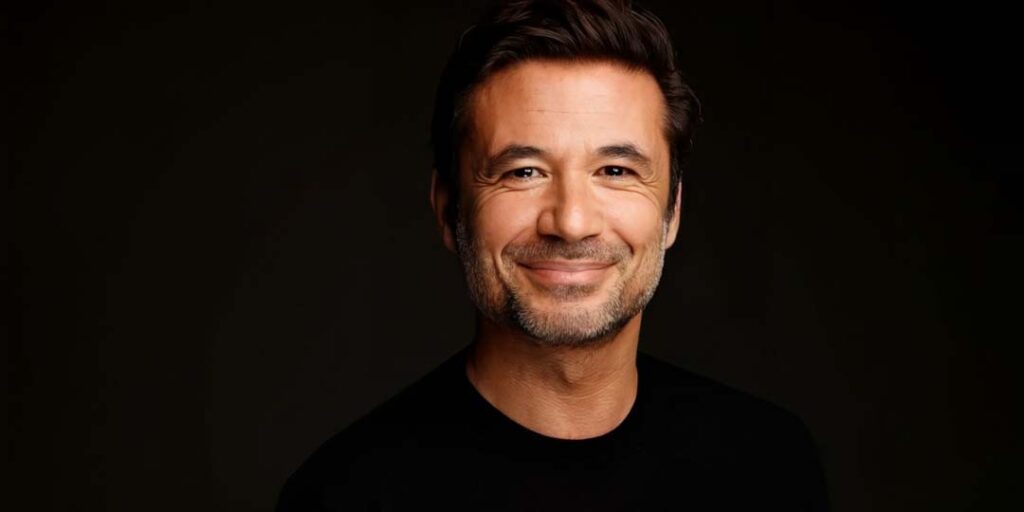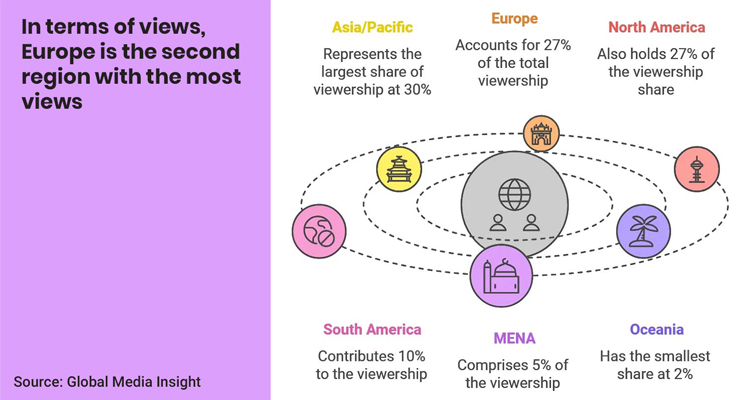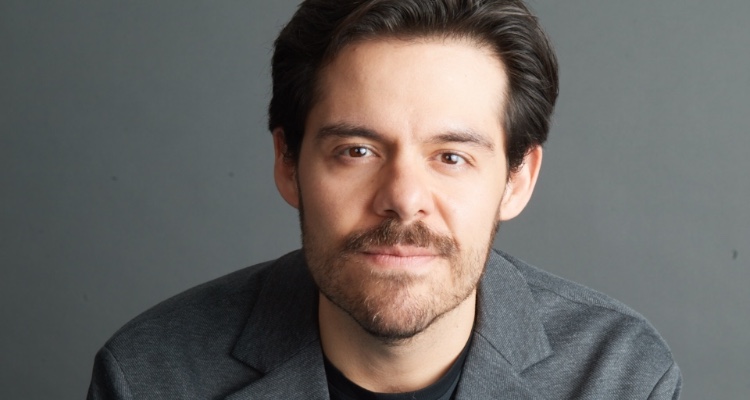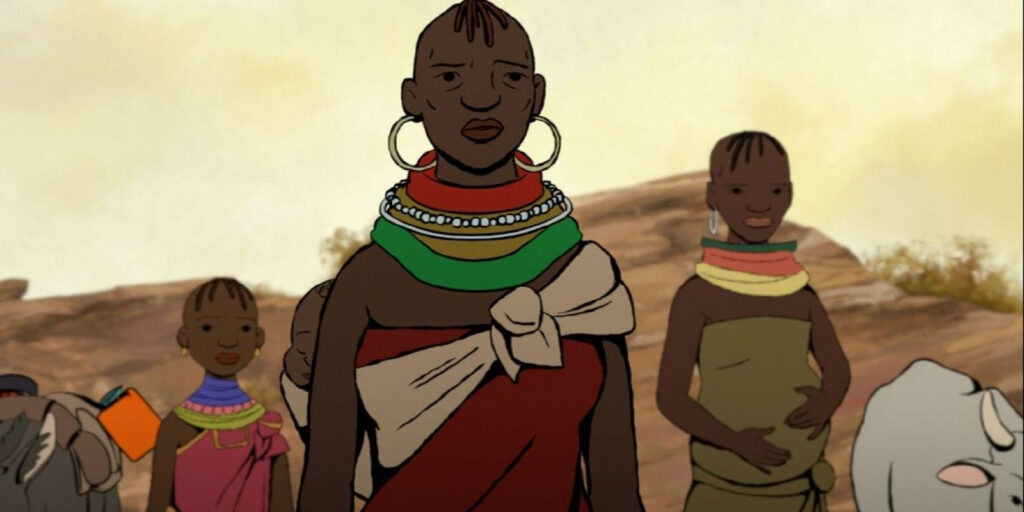Over the past three years, YouTube has paid out more than $70 billion to creators, artists, and media companies, solidifying its position as a cornerstone of the digital creative economy. In 2023 alone, the platform generated $31.5 billion in ad revenue, underscoring its dominance in the online video space.

What began as a platform for anonymous, user-generated content has evolved into a sophisticated ecosystem where creators operate like mini-studios, complete with production teams, advertisers, and agents. According to a report by Oxford Economics, the service now supports 150,000 jobs worldwide, reflecting its transformation into a major industry player.
Pedro Pina, Head of YouTube EMEA, emphasized the platform’s pioneering role in sharing revenue with creators. ‘YouTube has been the pioneer of a new creative economy. It’s the first and only platform that shares its revenue with creators, he said recently on a interview. This model has not only empowered individual creators but also spurred the growth of a new media landscape, where content production has become increasingly professionalized.
Spain: A YouTube powerhouse

Spain stands out as a key player in the global YouTube ecosystem. Creators like AuronPlay and El Rubius have dominated the Spanish-speaking world for over a decade, helping to export Spanish content to Latin America and beyond. Pina highlighted that over 80% of the viewing time for Spanish-produced channels comes from outside the country, a testament to the international appeal of Spanish creators.
‘Spanish creators quickly grasped YouTube’s potential to reach audiences beyond their borders. This has turned Spain into a content factory with immense international potential’, Pina noted. With the global Spanish-speaking population on the rise, this trend is expected to grow further.
Adapting to new formats and trends
YouTube has continually adapted to changing viewer preferences, from live streaming to short-form videos. The introduction of “Shorts” in 2021, inspired by the success of TikTok and Instagram Reels, has been a game-changer. With 70 billion daily views and a 50% yoy increase in channels uploading Shorts, the format has become a core part of the platform’s offering.
Monetization of Shorts, however, remains a point of contention among creators. While Pina acknowledged some dissatisfaction, he insists that the format’s revenue growth is on track. Additionally, YouTube’s membership model, which allows fans to support creators through subscriptions, saw a 50% increase in 2023, benefiting both creators and the platform.
The TV comeback
One of platform’s less-discussed successes is its integration into television. ‘A new generation that was used to watching videos on their phones is now returning to the big screen at home’, executive explained. The service aimed to replicate the mobile experience on TV, focusing on simplicity and ease of use while exploring ways to enhance interactivity.
The AI: a new path?
The rise of generative AI poses both opportunities and challenges for YouTube. While AI-generated content raises concerns about misinformation and the devaluation of human creativity, Pina remained optimistic. ‘YouTube continues to grow. Last year, more content was uploaded than ever before, and we’ve reduced views on content that violates our policies’, he said.
The delegate remarked that company is already using AI to improve content moderation, but the unauthorized use of its vast video library to train AI models has sparked controversy. Also emphasized that scraping content without permission violates YouTube’s terms of service and undermines creators’ rights. ‘We’re taking measures to block such practices and exploring ways to give creators more control over how their content is used’, he added.
At the same time, has also introduced labels to identify AI-generated content, particularly for sensitive topics, ensuring viewers are aware of what they’re watching. Additionally, has launched features like “YouTube Health” to combat misinformation and teen accounts that allow parents to monitor their children’s activity.







